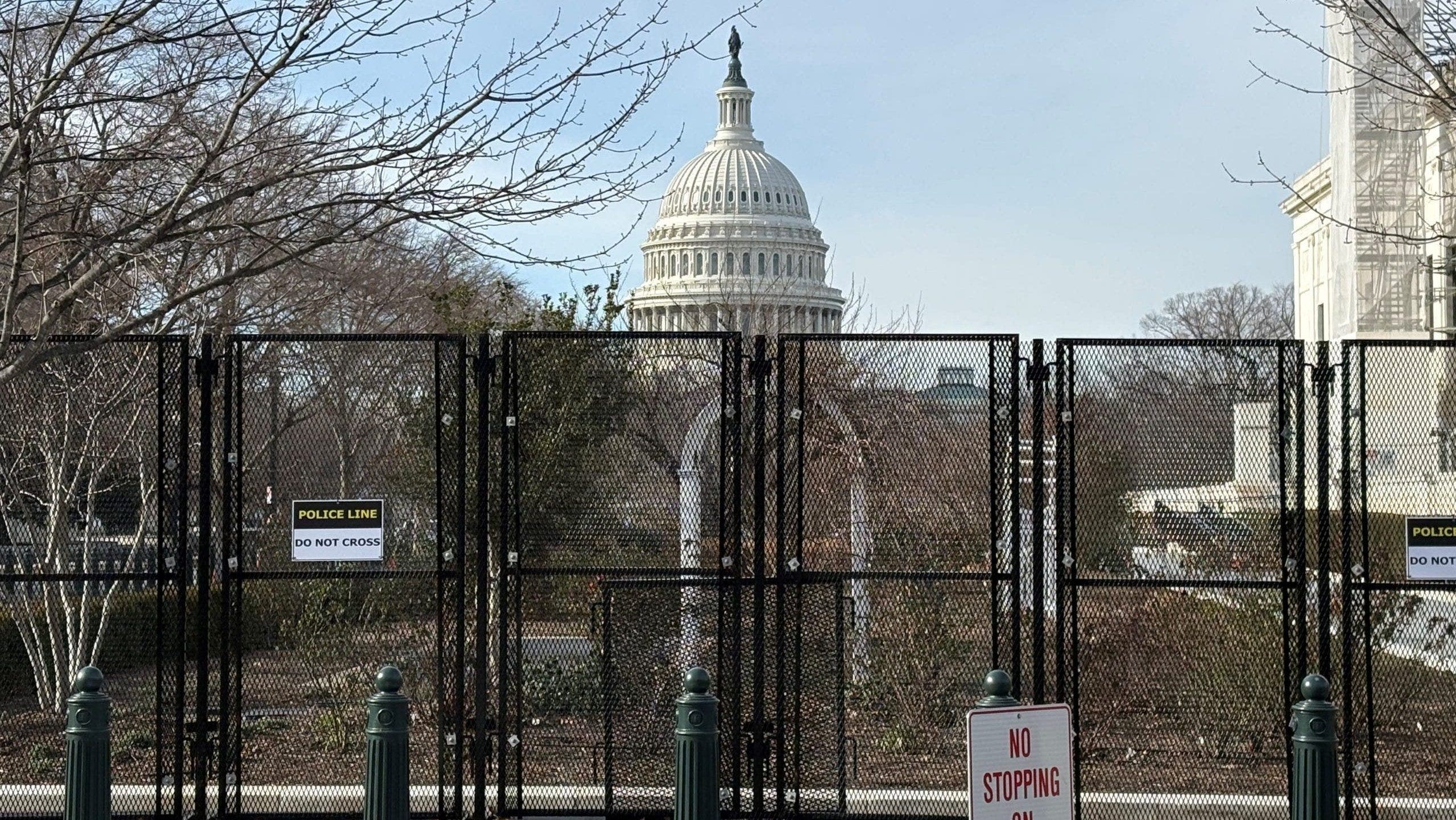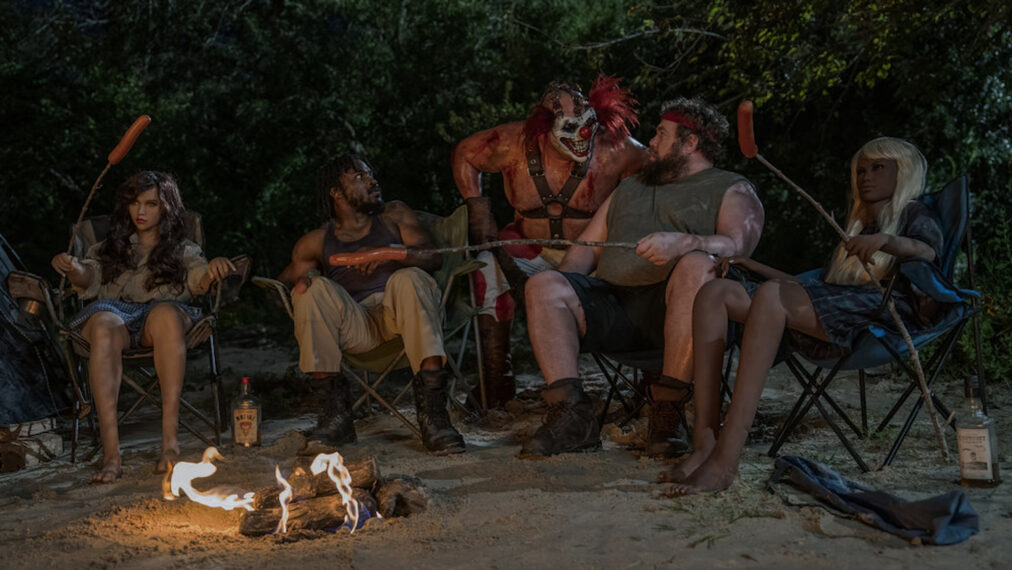In Conclusion…
On September 21, 2021, I published the introduction to the William Trevor Reader here at The Millions. Today, I’m publishing the conclusion. For three weeks short of two years, this project has been a presence in my life. And not always a welcome one—I remember vividly the horror I felt around the fifteenth story, with 70 left to go, as I fully grasped what I’d gotten myself into. But whether or not I was always in the mood to read and write about the next story, the project itself has always felt extremely gratifying. To spend this much concentrated time with a single author—especially a short-story author—absorbing their subject and style, is an unusual luxury to allow oneself. Having now completed this project—having read all 1,261 pages, having written about all 85 stories—having spent two two years in a domain I have come to think of as “the Trevoeuvre,” I have naturally been wondering what to make of it, and of William Trevor himself.
Paradoxically, I find myself holding Trevor in greater esteem than when I began, while possibly liking the work less. Or put another way, after spending two years with the bulk of the Trevor canon, Trevor feels enlarged and the work feels somewhat diminished. Why is that? I think it has to do with the reiterative quality of the stories, the characters, and situations, and themes that relentlessly pop up over and over. The archetypal Trevor story is—as you know, if you’ve been following this project to any extent—as follows: a provincial Irish person (sometimes a Londoner), with few prospects and often with severe sexual deviancy or aversiveness to boot, is forced to reckon with the grim truth of their life and their lack of options. This reckoning either shatters the character’s delusions, “Araby”-style, or else it reinforces them; in both cases, the hapless protagonist staggers forward like a beef cattle stunned with a bolt gun. As Bridie, perhaps the archetypal Trevor character, flatly thinks at the end of the devastating “The Ballroom of Romance,” having seen her fantasies dissolve at the end of her final night visiting the titular dancehall, “She would marry Bowser Egan because it would be lonesome being by herself in the farmhouse.”
The thoroughgoing grimness of it all is leavened by Trevor’s simple yet elegant prose, and his Chekhovian objectivity, an objectivity that allows him to dip throughout a story into multiple characters’ consciousnesses with grace and unselfconsciousness. While the Trevoeuvre’s subject matter can be punishing, the reading experience rarely is. That said, the experience of reading eighty-five of these stories in a row is not unlike being lost on a hike in the woods and encountering the same tree over and over—a good tree, to be sure, a sturdy old oak, but after the twentieth or fortieth time, one is ready for something else. But there is no something else, just variations on isolation, loneliness, and despair, with severe sexual hang-ups thrown in, mostly occurring in some damp emerald green village or else some damp London bedsit.
It occurs to me that this is perhaps endemic among short story writers, especially the greats. Pick a first-order short story author, and a capsule image of their archetypal work almost immediately presents itself: Flannery O’Connor’s south Georgia grotesques and their mothers; Bernad Malamud’s Jewish mystics in their dark tenements; Richard Yates’s emasculated tuberculars; George Saunders’s hapless fools trapped in funhouse dystopias; and so on. This seems less the case with novelists. There are, of course, novelists we associate with a geography and type—Roth’s horny New Yorkers, for example, or Updike’s horny Connecticuters—but rarely does it seem possible to typify a novelist’s work quite as monolithically as it does a short story writer’s.
The short story form simply repays obsessive reiterativity in a way that the novel doesn’t. Poe’s famous dictum about unity of effect in short stories seems relevant here: “The unity of effect or impression is a point of the greatest importance. It is clear, moreover, that this unity cannot be thoroughly preserved in productions whose perusal cannot be completed at one sitting.” Great short story writers, it could be argued, owe a large portion of their greatness to a combination of two things. First, finding the combination of narrative elements—character, situation, setting, theme—that consistently produce a great unity of effect. And second, possessing an obsessiveness that sees them return again and again to this unified template, over time, producing dozens of similar stories, or in Trevor’s case, hundreds. Over the course of this kind of career, these stories come to represent a kind of master story, and this master story comes in a way to represent the author themself. As I moved through the Trevor’s late-sixties stories and into more mature 1970s pieces, I felt a sort of platonically ideal narrative being honed, as the early Ian McEwan petit guignol of stories like “Miss Smith” and “In at the Birth” gives way to statelier affairs like “The Grass Widows” and “Lovers of Their Time.” By around page 500, a sense of the Trevor project—the Trevoeuvre—and of Trevorness, of the author himself, has fully coalesced.
 My mind turns here to another famous writing maxim. In Aspects of the Novel, E.M. Forster famously typifies characters as either round or flat. In a loose sense, one can apply this taxonomy to forms of writing—novels are a round form of fiction: capricious, unruly, and often surprising; short stories are, in comparison, relatively flat: condensed and orderly. And per Forster, they are sometimes more indelible than novels precisely for their flatness and simplicity. Likewise, I would argue, great short-story authors often leave a monumental and somewhat one-dimensional artistic impression compared to their novelist counterparts. A reader has sense of the great short-story writers every bit as focused and compressed as the narratives they produce in their careers. In an odd and probably misleading way, the obsessive focus of a great short story author’s canon creates a readerly sense of the author that is more distinct than the impression created by novels. After 85 stories, I feel like I “know” William Trevor in a way that it doesn’t seem possible to “know,” say, J. M. Coetzee.
My mind turns here to another famous writing maxim. In Aspects of the Novel, E.M. Forster famously typifies characters as either round or flat. In a loose sense, one can apply this taxonomy to forms of writing—novels are a round form of fiction: capricious, unruly, and often surprising; short stories are, in comparison, relatively flat: condensed and orderly. And per Forster, they are sometimes more indelible than novels precisely for their flatness and simplicity. Likewise, I would argue, great short-story authors often leave a monumental and somewhat one-dimensional artistic impression compared to their novelist counterparts. A reader has sense of the great short-story writers every bit as focused and compressed as the narratives they produce in their careers. In an odd and probably misleading way, the obsessive focus of a great short story author’s canon creates a readerly sense of the author that is more distinct than the impression created by novels. After 85 stories, I feel like I “know” William Trevor in a way that it doesn’t seem possible to “know,” say, J. M. Coetzee.
A funny thing about this thesis, supposing it contains some truth, is that it argues against projects such as the one I just completed. The art is somewhat diminished or muted by experiencing all the iterations together, one after the other—the narrative moves and thematic material becomes overfamiliar, sometimes predictable. It feels a bit like visiting a beloved painter’s studio and seeing the hundred imperfect attempts at the one famous final version, although following this metaphor the famous final version exists only in the author’s mind. In the end, it might be best to read short stories the way I read Trevor stories all those years: picking up the book on a whim and opening it at random.
Still and all, I’m glad to have spent the last two years working on The William Trevor Reader. It has enlarged my sense of an important, arguably under-discussed, twentieth-century master, as well as my understanding of the short story form. Thanks to The Millions for running the series, to all those who followed along here and there, and especially to the stalwarts who joined for the whole ride.


























































